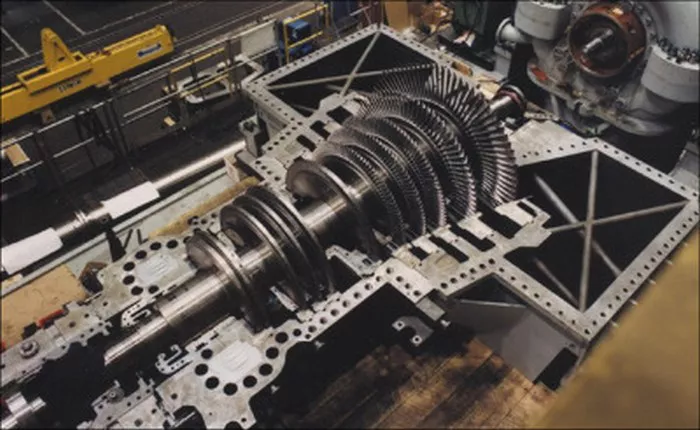In the energy sector, selecting heat-resistant materials for critical components like labyrinth seals is essential. Industrial compressors, which compress gases and liquids for storage and processing, typically operate at temperatures between 93°C and 200°C (200°F-400°F), though this can vary depending on factors such as ambient conditions and compression ratios.
High-pressure gas applications, such as petrochemical and deepwater oil and gas fields, often experience even higher temperatures, requiring equipment capable of withstanding extreme conditions. Many compressors are equipped with cooling technology, such as intercoolers, to maintain optimal temperatures and prevent damage to seals, bearings, and other components.
Temperature increases can lead to thermal fatigue and material degradation. Labyrinth seals, which prevent fluid leakage between rotating and stationary parts, are particularly affected. Derrick Bauer, Manager of Materials Engineering at Elliot Group, highlights temperature as a key challenge when selecting materials for these seals.
Elliot Group has transitioned from metallic to high-performance thermoplastics, such as Fluorosint 500, an abradable polymer that can operate at temperatures up to 260°C (500°F). Bauer notes, “We use [Fluorosint 500] whenever possible,” though metallic seals are used when temperature or pressure limits are exceeded.
Consulting engineer John K. Whalen emphasizes the efficiency gains of polymers, noting they also offer advantages over aluminum, such as limited wear and better chemical compatibility. However, he warns that thermal degradation over time remains a concern, urging further research into the long-term durability of polymer-based seals.
As the energy industry continues to push the limits of high-temperature operations, ongoing advancements in seal materials will be crucial to ensuring reliability and efficiency in industrial compressors.
Related topics:

